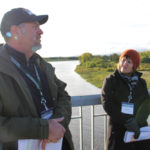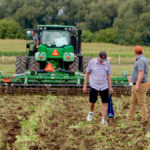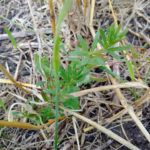
Tag Archives Tillage

Manitoba zero-till pioneer inducted into conservation hall of fame
Robert (Bob) McNabb called for greater passion for soil, aligning profit with ecology

What’s blowing in the wind? Maybe not your soil
A recent study on land rolling shows that wind erosion doesn’t cause severe soil loss

To till or not to till
Demo highlights differences between tillage and no-till cover crop practices

Fall management key to weed resistance
It’s in the fall you see what worked and what you can change up for next year

U.S. Midwest floods to weigh on diesel demand come harvest
Comment: Bring back the PFRA
Soil conservation in Canada has been losing ground despite a general feeling erosion is a problem of the past

Comment: Can we bring back our soil?
The Soil Conservation Council of Canada is calling for a united effort from the farming community, government and agriculture industry to make soil health a priority

The vertical-tillage question defies pat answers
The controversial practice can serve a purpose, but won’t solve soil compaction

Kochia and salinity: a battle on two fronts
One strategy might be to treat saline patches like a lawn, and mow them before the kochia sets seed

Crop residue burning down, but not out
Dry weather is one reason, but officials say there are other factors too


